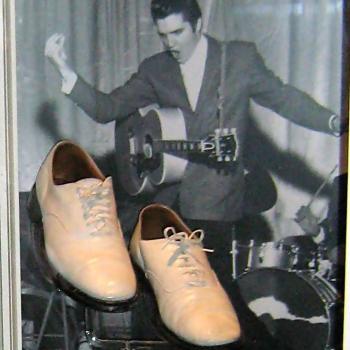I read Gail Caldwell’s 2010 Let’s Take the Long Way Home: A Memoir of Friendship basically because Wesley Hill recommended it so highly. I think my appreciation for the book was more muted than his, but it’s a very quick read, and it did portray the small intimacies of friendship between two difficult, standoffish people really well.
The short version of the story is that Caldwell met Caroline Knapp when they were both adults and had both quit drinking: Caldwell had been sober for about a decade if I recall correctly, and Knapp for a couple of years. (Knapp had already written Drinking: A Love Story at that point.) They both loved dogs, and spent hours upon hours playing with and training their big dogs together in the woods and fields around Cambridge, Massachusetts. These two unmarried women intertwined their lives, and found that they could talk endlessly (often parting for the day only to pick up the phone and call one another as soon as they got home) with an intimacy they rarely achieved with anybody else.
And then Caroline got very sick, very fast. In her thirties she was diagnosed with a fast-spreading cancer and she rapidly declined, then died. So this book, too, joins all the tributes and memorials in the death-haunted literature of friendship.
This is a slim book and I can’t help but find its prose a bit too facile or workshoppy. Unlike Wes, I found the depictions of alcoholism and recovery almost sketchy or detached, but that’s fine since it isn’t really what the book is about (and anyway this is such a personal subject that I suspect many readers will strongly disagree with my impressions there). But the strength of the subject matter gives the book great power. I’m very glad I read it.
Two things in particular stand out. First, the material details of the life Caroline and Gail made together, like the keys to Caroline’s house on Gail’s key ring. These of course become so poignant after Caroline’s death because decisions have to be made: what to keep, what to get rid of somehow. The things stick around, unavoidable reminders that however painful it might be to acknowledge, this relationship was central to Gail’s life.
Second, the book keeps going after Caroline’s death, and some of the most powerful material about the relationship between a woman and her dog comes in this final part of the book. I am not a dog person–I love cats, and I love them for all the ways they’re not dogs. I love having that little hostile consciousness roaming your house, plotting. But the parts of this book which moved me to tears were actually about Gail’s relationship with her Samoyed. There’s more to do, more to suffer: Part of what we mean when we say “life goes on” after a death is that other kinds of pain and loss come out of nowhere and blindside you during the time you’d expected to set aside for mourning.











